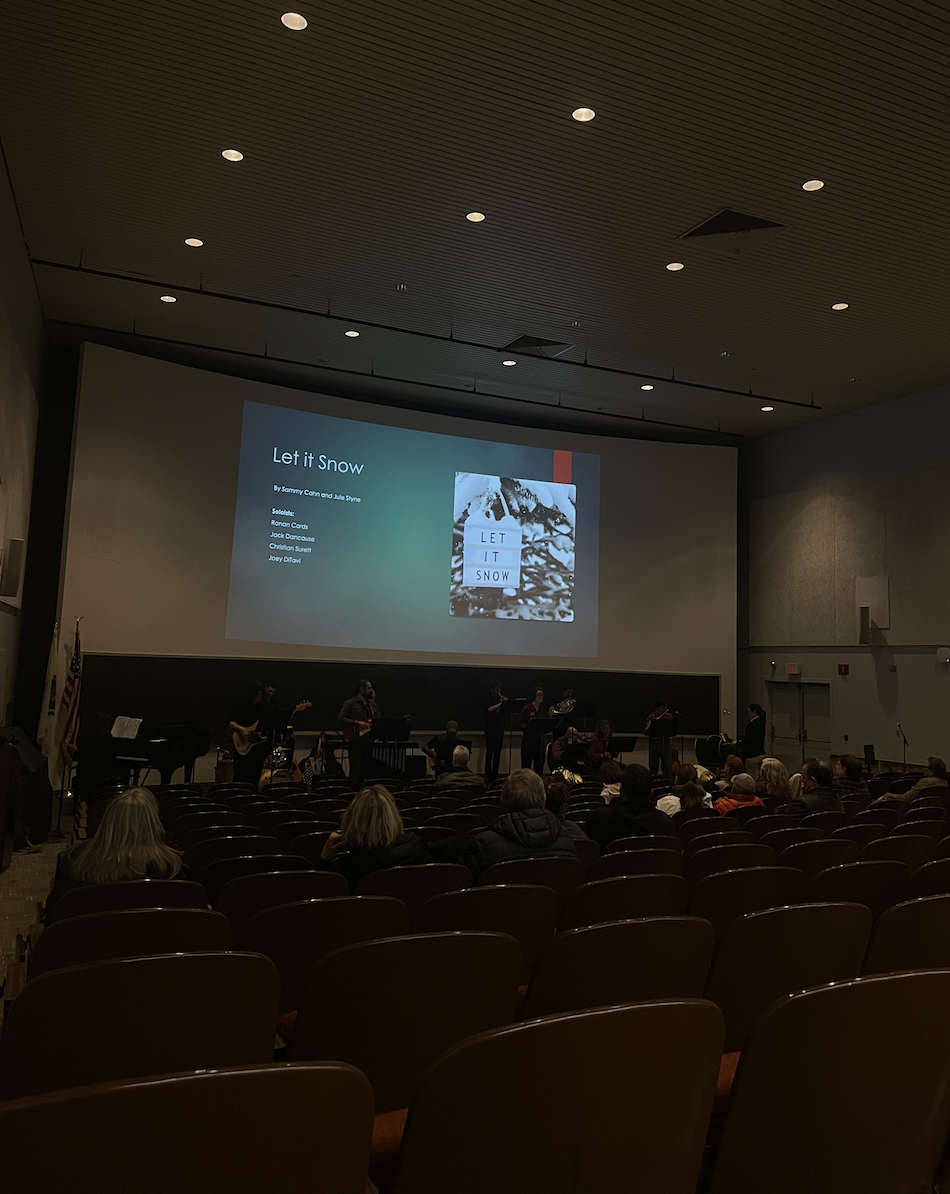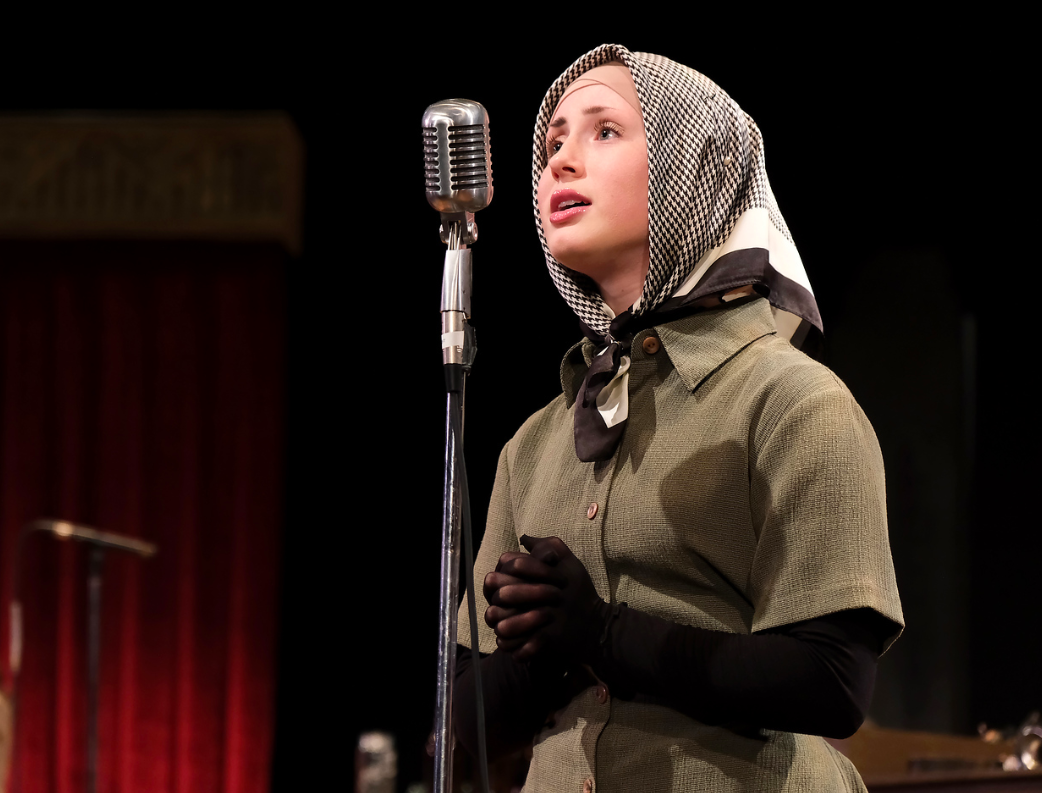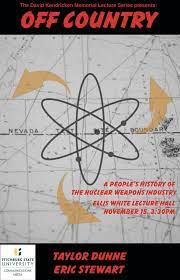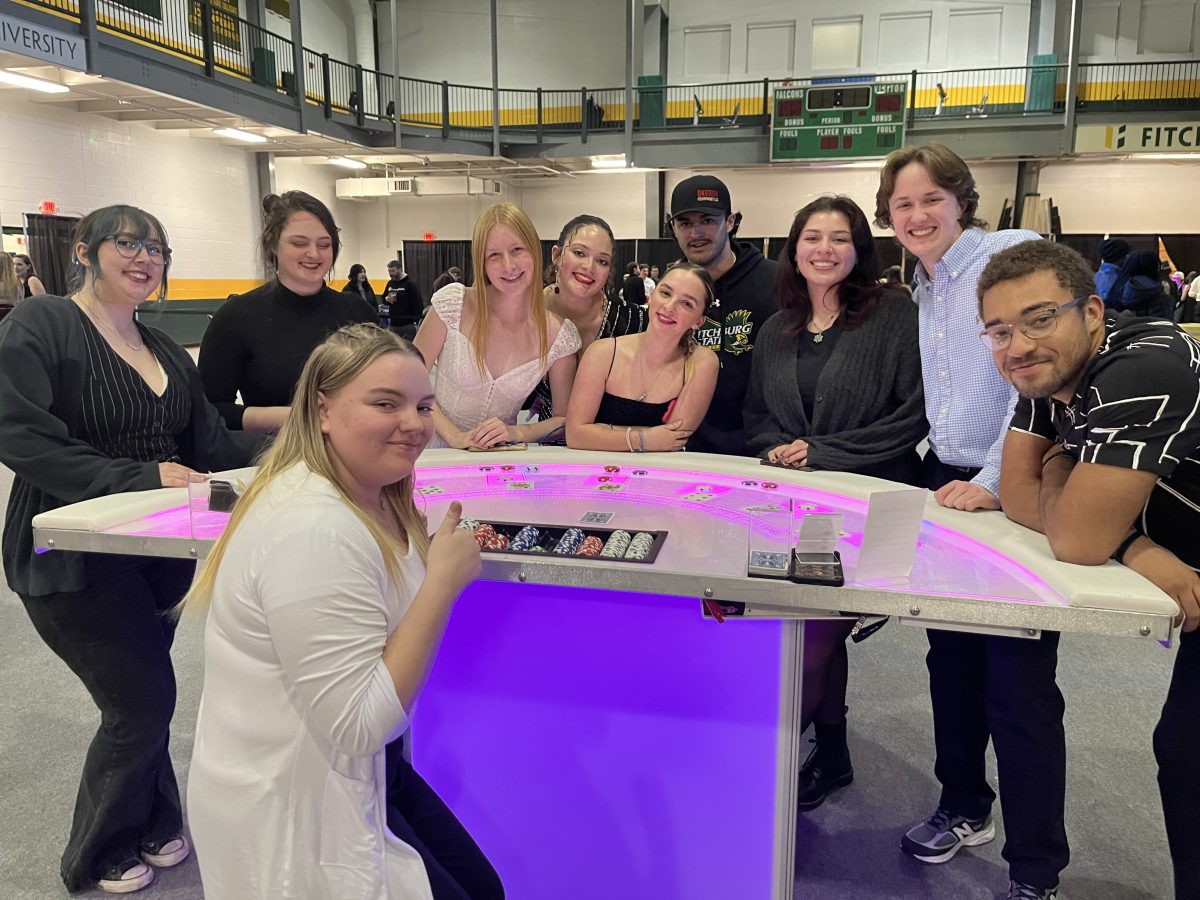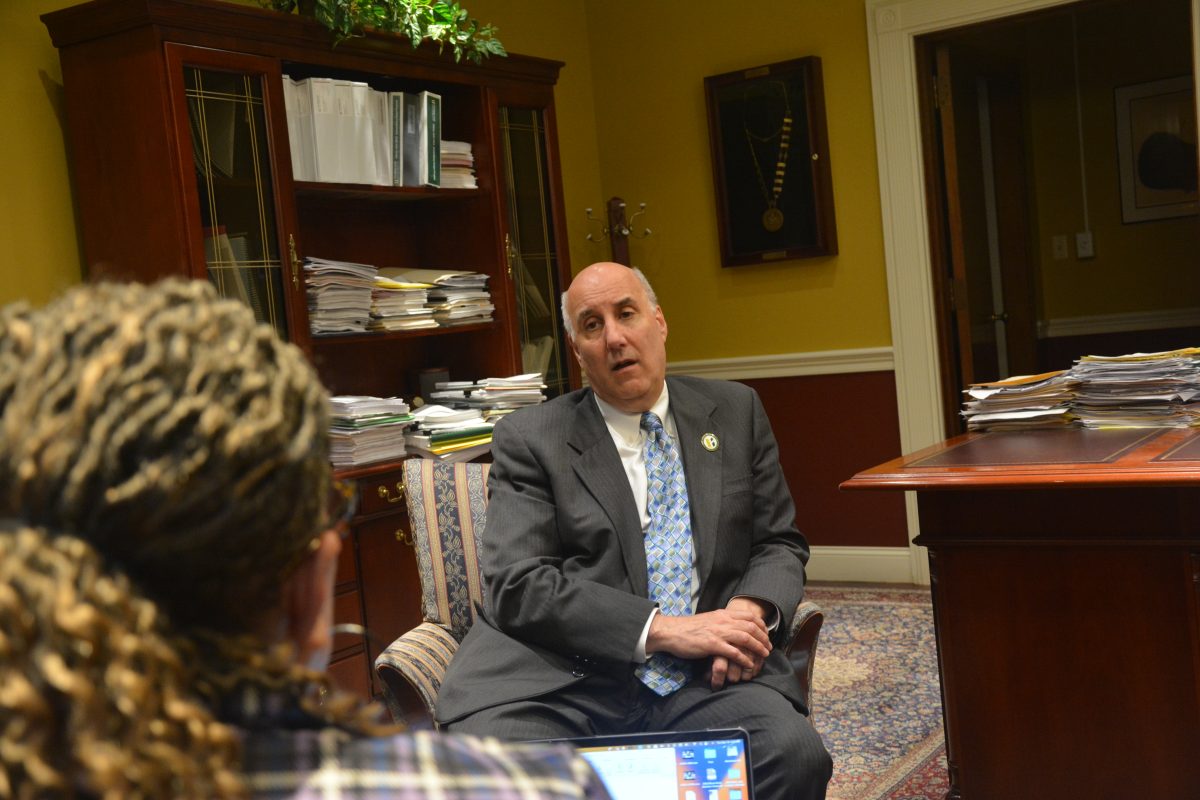
By Katherine Domenichella
Nearly two months remain until the first anniversary of the Boston Marathon Bombings. It was Patriots’ Day meaning there was no school for private or public institutions; it was also the first day of spring vacation for individuals ranging from elementary school to high school.
On Monday, April 15, 2013, over 23,000 runners, wheelchairs and handcycle entries were anxiously awaiting their minutes of fame at the Boston Marathon. For many, they achieved their goal of crossing the long anticipated finish line; however, approximately 5,700 people had yet to finish when the first bomb detonated on Boylston Street near Copley Square. Thirteen seconds later and 210 yards down the street, a second bomb went off. The streets were scattered with men, women, and children of all ages and races whether they were running or not. Hundreds were injured and were all in dire need of medical attention. The photographs that thousands had taken from multiple angles became a frenzy on social media overnight. Dismantled body parts, hundreds of blood puddles, and agony-stricken faces broke the hearts of all Bostonians and many more Americans. It was through the courageous efforts of all the medical personnel and good civilians who arrived on the scene that many more lives were saved.
Two young women, Krystle Marie Campbell, 29, and Lu Lingzi, 23, both died moments after the explosion. Martin William Richards, 8, also lost his life. There were 264 people injured who attended 27 local hospitals where they were treated for lower leg injuries and shrapnel wounds, all of which indicated that the two pressure cooker devices used in the bombings were low to the ground. At least sixteen people lost various limbs at the scene or by amputation in a hospital and of those sixteen, three lost more than one limb.
Russian brothers and supposed suspects, Dzhokhar and Tamerlan Tsarnaev, led Watertown police on a manhunt. After an estimated 200-300 rounds of ammunition had been fired, the police chase ended abruptly with the capture of the oldest Tsarnaev brother, Tamerlan. He was brought to Beth Israel Deaconess Medical Center for injuries sustained during the dueling but was pronounced dead on April 19 at 1:35 a.m. His death certificate read that his cause of death was “gunshot wounds of torso and extremities, blunt trauma to the head and torso” and “shot by police then run over and dragged by motor vehicle”. He was dragged for 20 feet underneath the SUV his brother had stolen. Since the youngest brother, Dzhokhar, was driving the SUV, he was able to escape from police to a Watertown resident’s backyard where their boat was in the open, covering the opening with a cover. The owner noticed the cover was loose and investigated further, finding Tsarnaev’s injured body. Police officers from all over the city swarmed the boat and began firing their weapons. He was taken into custody at 8:42 pm on April 19, hours after the homicide of his accomplice.
Many people have often neglected the fact that there was a fourth person killed, Sean Collier, an MIT police officer who was stationed in his cruiser when he was attacked by the two brothers. Reports say that Collier’s gun was still in his holster. In memory of his death six months later, a solemn ceremony that marked the crime scene with a memorial stone carved from the MIT’s Great Dome.
On a more upbeat note, in the wake of the tragedy, the One Fund Boston was established by Deval Patrick (Massachusetts governor) and Thomas Menino (Boston mayor). Together, Boston and its surrounding cities and many other states raised more than 69 million dollars for the families of the victims. As fellow Bostonians came together, a new motto was coined- Boston Strong. It can be seen on shirts, bracelets, tattoos, and other various memorabilia for individuals to express their support. FSU student Nicky Stafinski was asked if she had any mementos commemorating the events that transpired last April 15, and with a proud smile on her face replied, “Yes, I have a Boston Strong T-shirt!”
There were many debates by politicians on how Dzhokhar Tsarnaev should be tried in the American courts. Some argued that because he’s U.S. citizen he should not be tried as a criminal but rather an unlawful enemy combatant which would prevent him in obtaining legal counsel. However, the decision was made to try Tsarnaev as a criminal.
On July 10, Dzhokhar Tsarnaev pled not guilty to 30 charges in his first court appearance. He continues to maintain an innocent position. This question was posed to Stafinski: “The accused Boston Bomber will stand trial in November. If he is found guilty, he will either receive a lifelong sentence or the death penalty. How do you feel about that as an American citizen? Do you feel as if it is a proper punishment for a man who killed four and injured 264 others?” Looking caught off guard but recovering quickly, Stafinski retorted, “As an American citizen I do feel it to be necessary for a death penalty causing all the damage he has caused us physically and emotionally as Bostonians. He killed four and injured 264 others and this isn’t even counting the number of hearts he broke.”
Just recently on February 12, Reuters announced the trial to begin in November 2014 of Dzhokhar Tsarnaev, as requests from his attorneys were denied for a time extension to September 2015. They expect the trial will last at least twelve weeks, possibly more. Boston College Law Professor Robert Bloom said in an interview with Reuters, “Because of the extensive investigation and the amount of law enforcement resources utilized after the Boston Marathon, there will be considerable material which the defense has to digest so that Mr. Tsarnaev can get a fair trial.”
No fear fellow Americans, justice will always be served.


